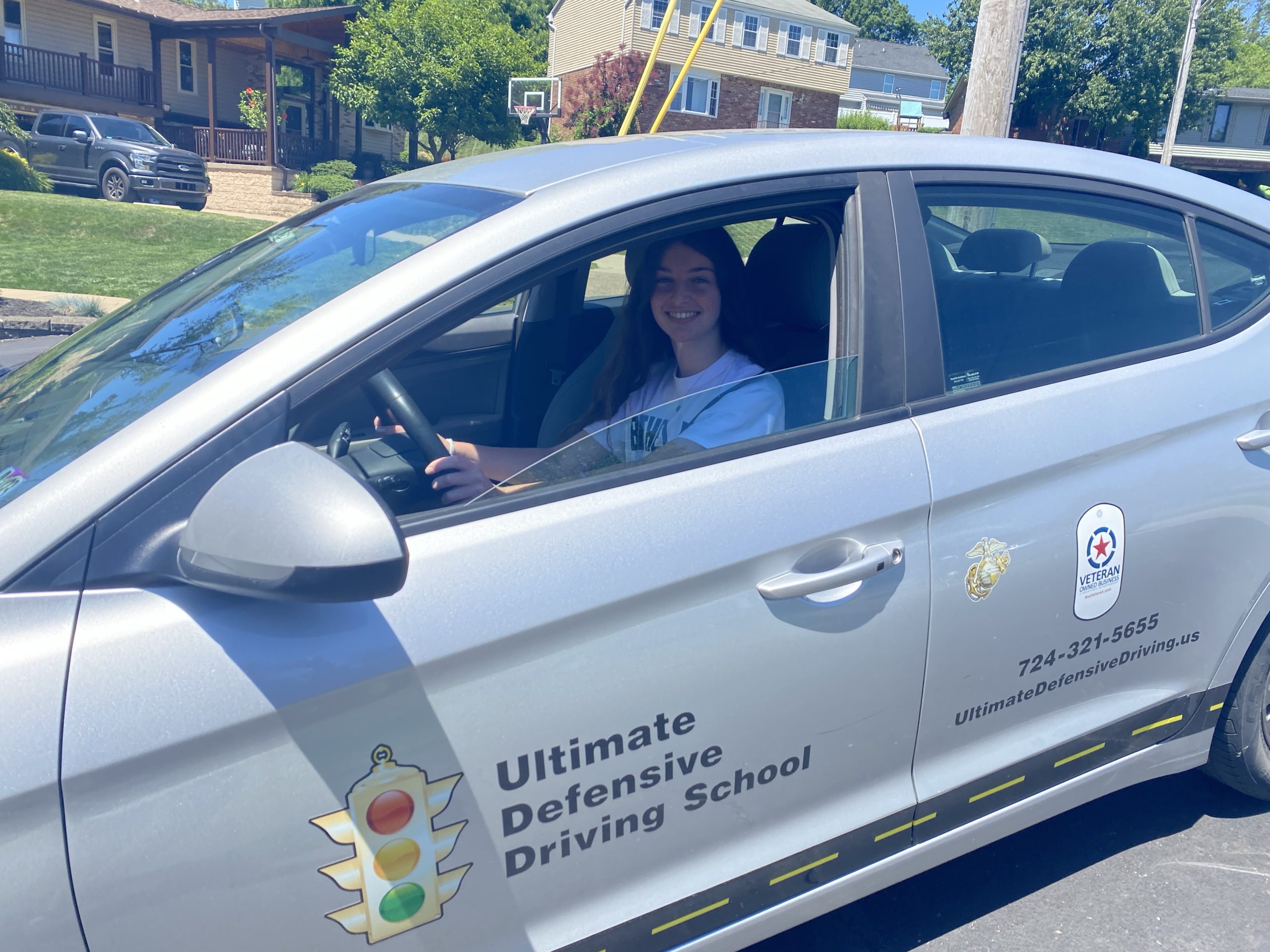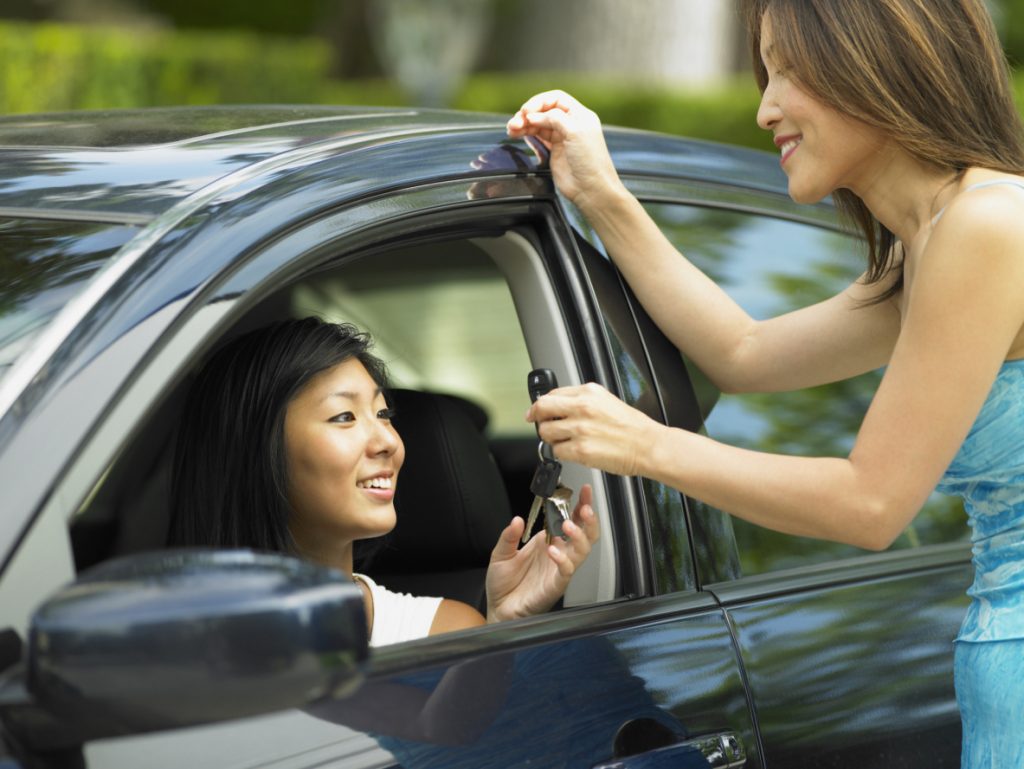- Buckle up, every person, front and back, every ride. One of the best ways to keep teens safe is by using a seat belt – even if they are in the back seat. If you wear a seat belt, your kids are more likely to wear one as well. So if you never did it before, use your seat belt. Every time, every ride.
- Make a family rule: zero tolerance for drinking or impaired driving. There is no safe amount of alcohol a teen can drink before driving. Couple any impairment (it starts with one drink) with their inexperience behind the wheel and you have a recipe for disaster. It is against the law. Make sure you do not drink and drive either. Teens who have seen their parents drink and drive are three times more likely to follow in their footsteps.
- Limit the number of passengers in your teen’s car. The number of passengers, especially if they are male, is directly related to the risk of having a crash. In PA, a teen driver may only have one person in the vehicle with them, unless it’s immediate family.
- Distractions such as texting, talking on the phone, and checking email are dangerous for any driver, but especially for inexperienced drivers. Anything that takes the driver’s eyes from the road creates danger for everyone around them. Do you text, talk on the phone, or read email while driving? Your teen is following your lead.
- Speeding is a big problem for drivers, especially new drivers. What you do matters, so remember, your teen is watching as you set the example and the rules for your family car. M

- Nighttime driving takes some extra experience and skill. Parents need to give their teen plenty of supervised opportunities to practice driving at night and in all kinds of weather and situations. Teen drivers are three times more likely than adults to crash at night.
- Teens need encouragement to speak up if they feel unsafe. Teens told us that they sometimes feel scared, even when they ride with their parents, and they do not know the best way to respond. Help your teens use the right words or have a plan for what to do if they feel unsafe in a car. This is a great scenario to play out in the safety of your kitchen. Give your teen multiple options for getting home safely.
